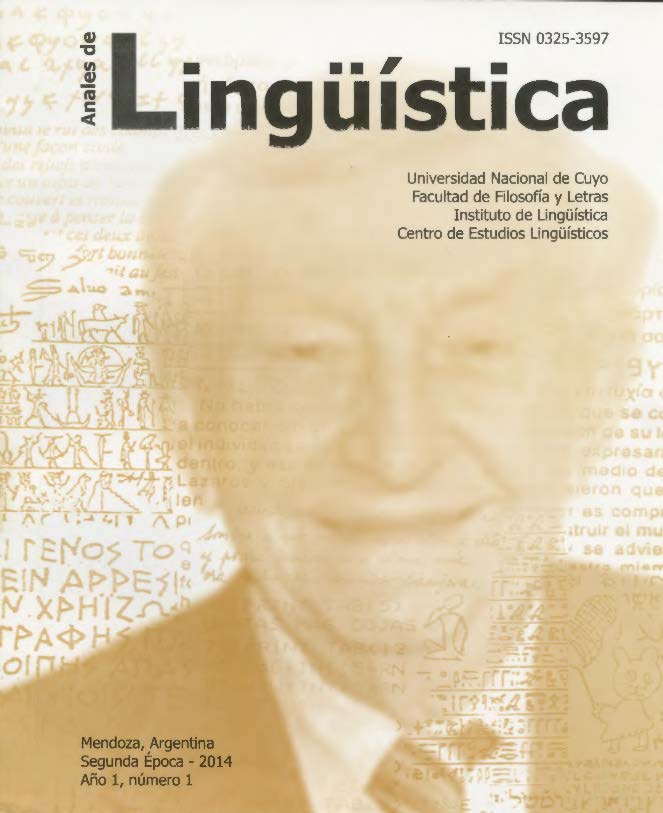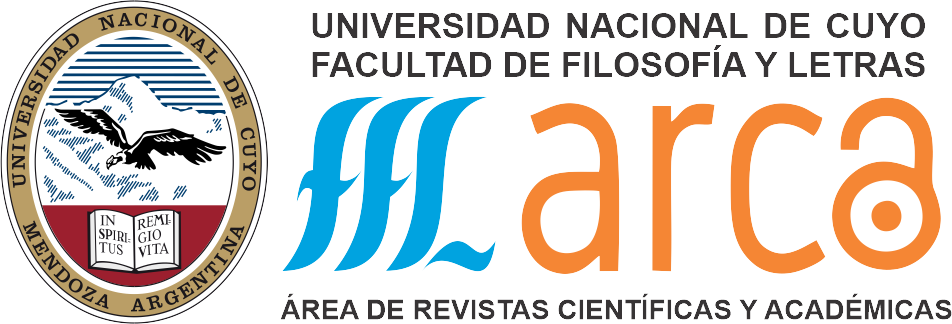Beginning literacy
The effects of a classroom-based linguistic training program enriched with home storybook reading.
Keywords:
beginning literacy, lingüistic skills, home literacy environment, stories in rhyme, parents participation, reading levelAbstract
This study deepens the effects of a classroom-based linguistic training program, which included parent participation, on literacy
outcomes by analyzing fidelity of implementation. An study that assigned 153 kindergarten children to three treatment conditions:
Control (C) (n=51 ), Phonological Awareness/Letter Training Program (PALTP) (n=SO), and PAL TP + Home Storybook Reading Program (HSRP) (n=52) showed that there were not significant effects of the combined condition on reading achievement. The present study analyzes and demonstrates that is not only adults· participation in workshops but also the fevel of fidelity of implementation of literacy activities at home, such us reading stories in rhymes to their chirdren, the variable that has significant effects on word reading tasks in first grade.
References
Anderson, R. & Freebody, P. (1981). Vocabulary Knowledge. En J. T. Guthrie (Ed.). Comprehension and leaching: Research and reviews (pp. 77-116). Newark, DE: lntemational Reading Association.
Borzone, A M., Rosemberg, C., Diuk, B. & Amado, B. (2005). Aprender a leer y escribir en contextos de pobreza. Lingüística en el Aula, 8, 7-28.
Bradley, L & Bryant, P. (1983). Categorizing sounds and learnlng to read. A causal connection. Nature, 301, 419-421.
Cubo, L.y col. (1999). Estrategias metacognitivas: un modelo de desarrollo de la lectura. Anales del Instituto de Lingüística, 18, 125-141.
Cubo, Liliana (2005). Leo, pero no comprendo. Evaluación y desarrollo de estrategias de comprensión lectora. Córdoba: Ed. Comunicarte.
Dickinson, D. & Tabors, P. (2002) Beginning literacy with language. Young children leaming at home and school. Baltimore: Paul H. Brookes Publishing.
Ehri, L.; Nunes. S.; Wíllows, D.; Schuster, B.; Yaghoub·Zadeh, Z. & Shanahan. T. (2001). Phonemic awareness instruction helps children learn to read: evldence from the national reading panel's meta-analysis. Reading Research Quarterty, 3, 250-287.
Hoien. T., Lundberg, I., Stanovich, K. & Bjaalid, l. (1995). Components of phonological awareness. Reading and Writing, 7,171-188.
Jiménez. J. E. & Ortiz, M. R. (1990). Conciencia fonológica y aprendizaje de la lectura. España, Madrid: Síntesis.
Porta, M. E. & Difabio de Anglat (2009). Detección oportuna de niños en riesgo prelector. Ponderación del valor potencial de instrumentos de evaluación de la conciencia fonológica. Revista de Psicología, 5, 55-77.
Porta, M. E. (2012a) Un programa de Intervención pedagógica en conciencia fonológica. Efectos sobre el aprendizaje inicial de la lectura. Revista de Orientación Educacional, 50, 93-111.
Porta. M E. (2012b). Beginning literacy: the effects of a classroom-based llnguistic training program enriched with home storybook reading. SSSR 2012 Conference Abstracts, 23-27 de julio de 2012. Estados Unidos. Society for the Scientific Study of Reading. Disponible en: http://www.triplesr.org/conference/archive/2012/12conf-Abstracts.php#Porta
Porta, M. E. (2013). Facilitando el Proceso de Alfabetización Inicial desde el hogar: El versicuento como recurso literario para promover habilidades lingüísticas. Didáctica: Lengua y Literatura, 25, 221-230.
Porta, M E. & Cubo de Severino, L. (2014). La lectura de palabras en escolares de 2do Grado de Nivel Primario. Su relación con el vocabulario, la nominación rápida y el ambiente literario en el hogar. En: Hipperdinger, Yolanda. Ed. Cuestiones Lexicológicas y Lexicogrflficas Bs. As.: Sociedad Argentina de Lingüística.
Porta, M E. & Difabio. H. E (2011 ). Identificación de predictores del aprendizaJe lingüístico inicial: Efecto de factores cognitivos, lingüísticos y ambientales.
Porta. M. E., Kraft. R. & Harper, L. (2010). Hemispheric asymmetry profiles during beginning reading: Effects of reading level and word type. Developmental Neuropsychology, 35, 55-77.
Roberts. T. A. (2008). Home Storybook Readlng In Primary or Second Language with preschool children: Evidencie of equal effectiveness for second·language vocabulary acquisition. Reading Research Quarterly, 43, 103-130.
Signorini, A. & Borzone de Manrique, A. , (2003) Aprendizaje de la lectura y escritura en predominio de las estrategias fonológicas. lnterdisciplinaria, 20, 5-30.
Twibell. K., Lopez, J., Porta. M. E. & Harkins. D (2006) Explorlng Language and Literacy. CA:. UCD Extension.
United Nations Educational Scientific and Cultural Ortanization (UNESCO). Lileracy Public Report from the UNESCO lnstitute for statistics (Extraído marzo, 2013 de http://stats.unesco/TableViewer/TableVlew.aspx?Reportld= 178.
Verhoeven, L. Leeuwe. J. V. & Vemeer, A. (2011 ). Vocabulary Growth and Readlng School Years. Scientific Studies of Reading, 15, 8-25.
Woodcock, Richard y Ana Muñoz-Sandoval (1996) Pruebas de Aprovechamiento Revisada. Batería Estándar y Suplementaria. Itasca, IL: Riverside Publishing.
Ziegler. Johannes & Goswami, Usha (2005). Reading acquisition: Developmental dyslexia and skilled reading across languages: a psycholinguistic grain size theory. Psychological Bulletin, 131, 3-29.
Downloads
Published
How to Cite
Issue
Section
License
Copyright (c) 2022 María Elsa Porta
Esta obra está bajo una Licencia Creative Commons Atribución 2.5 Argentina.
Los/as autores/as que publican en esta revista están de acuerdo con los siguientes términos:
1. Los/as autores conservan los derechos de autor y garantizan a la revista el derecho de ser la primera publicación del trabajo bajo una licecncia Creative Commons Atribución 2.5 Argentina (CC BY 2.5 AR) . Por esto pueden compartir el trabajo con la referencia explícita de la publicación original en esta revista.
2. Anales de lingüística permite y anima a los autores a difundir la publicación realizada electrónicamente, a través de su enlace y/o de la versión postprint del archivo descargado de forma independiente.
3. Usted es libre de:
Compartir — copiar y redistribuir el material en cualquier medio o formato
Adaptar — remezclar, transformar y construir a partir del material para cualquier propósito, incluso comercialmente.












